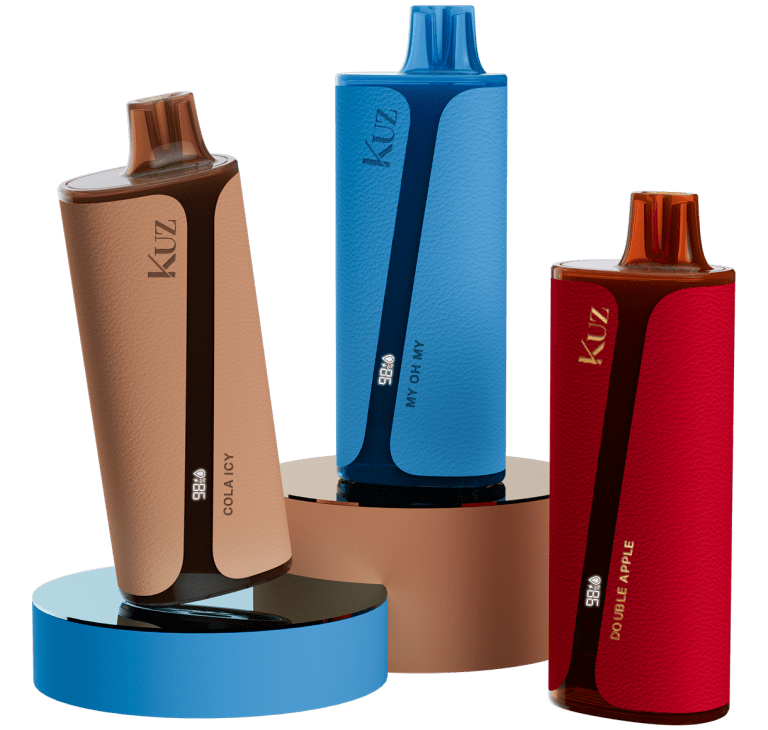The vaping industry offers a variety of options for users, but one of the most significant decisions is choosing between nicotine salts and freebase juice. Understanding the differences can help vapers select the right e-liquid for their needs, ensuring a satisfying experience.
Understanding Nicotine Salts
Nicotine salts are derived from the natural state of nicotine in tobacco leaves. They are created by combining nicotine with an acid, typically benzoic or citric acid, to form a more stable compound. This process alters the pH level, making the nicotine smoother and easier to inhale at higher concentrations. Nic salts are popular for their fast absorption and smooth throat hit, even at high nicotine levels, mimicking the sensation of smoking a traditional cigarette more closely than freebase nicotine.
Freebase Nicotine Explained
Freebase nicotine is the purest form of nicotine, extracted directly from the tobacco plant using a solvent like ammonia. It has a higher pH, making it more alkaline and resulting in a harsher throat hit at higher concentrations. Freebase nicotine is often preferred by those who enjoy larger vapor clouds and is typically used in high-powered devices and mods.
Key Differences Between Nic Salts and Freebase Juice
1. Absorption Rates:
Nicotine salts are absorbed more quickly into the bloodstream compared to freebase nicotine. This rapid absorption provides a faster nicotine hit, which can be particularly beneficial for those looking to quit smoking by closely replicating the nicotine delivery of traditional cigarettes.
2. Throat Hit:
Nicotine salts offer a smoother throat hit, even at higher nicotine concentrations. This makes them appealing to new vapers and those who prefer a less harsh experience. In contrast, freebase nicotine can be quite harsh, especially at concentrations above 12 mg/ml.
3. Device Compatibility:
Nicotine salts are best suited for low-wattage devices like pod systems. These devices deliver higher nicotine levels without the need for large vapor clouds, making them ideal for discreet vaping. Freebase nicotine, on the other hand, is commonly used in high-wattage mods and sub-ohm tanks, which produce bigger clouds and are favored by experienced vapers.
4. Flavor and Vapor Production:
Nicotine salts are less likely to interfere with e-liquid flavors, offering a purer taste. However, they generally produce less vapor than freebase nicotine, which is better for cloud chasers who enjoy larger vapor production.
Choosing the Right E-Liquid for You
When deciding between nicotine salts and freebase juice, consider your vaping goals and preferences:
- If you’re transitioning from smoking and looking for a smoother experience with a quick nicotine hit, nic salts in a low-wattage device may be the right choice.
- If you prefer larger clouds and a stronger throat hit, freebase nicotine with a high-powered device might be more suitable.
Conclusion
Both nicotine salts and freebase juice have their unique advantages, catering to different preferences and vaping styles. Understanding the differences can help you make an informed decision, ensuring a more enjoyable and satisfying vaping experience. As the vaping landscape continues to evolve, the choice between nic salts and freebase juice will remain a pivotal decision for vapers worldwide.



